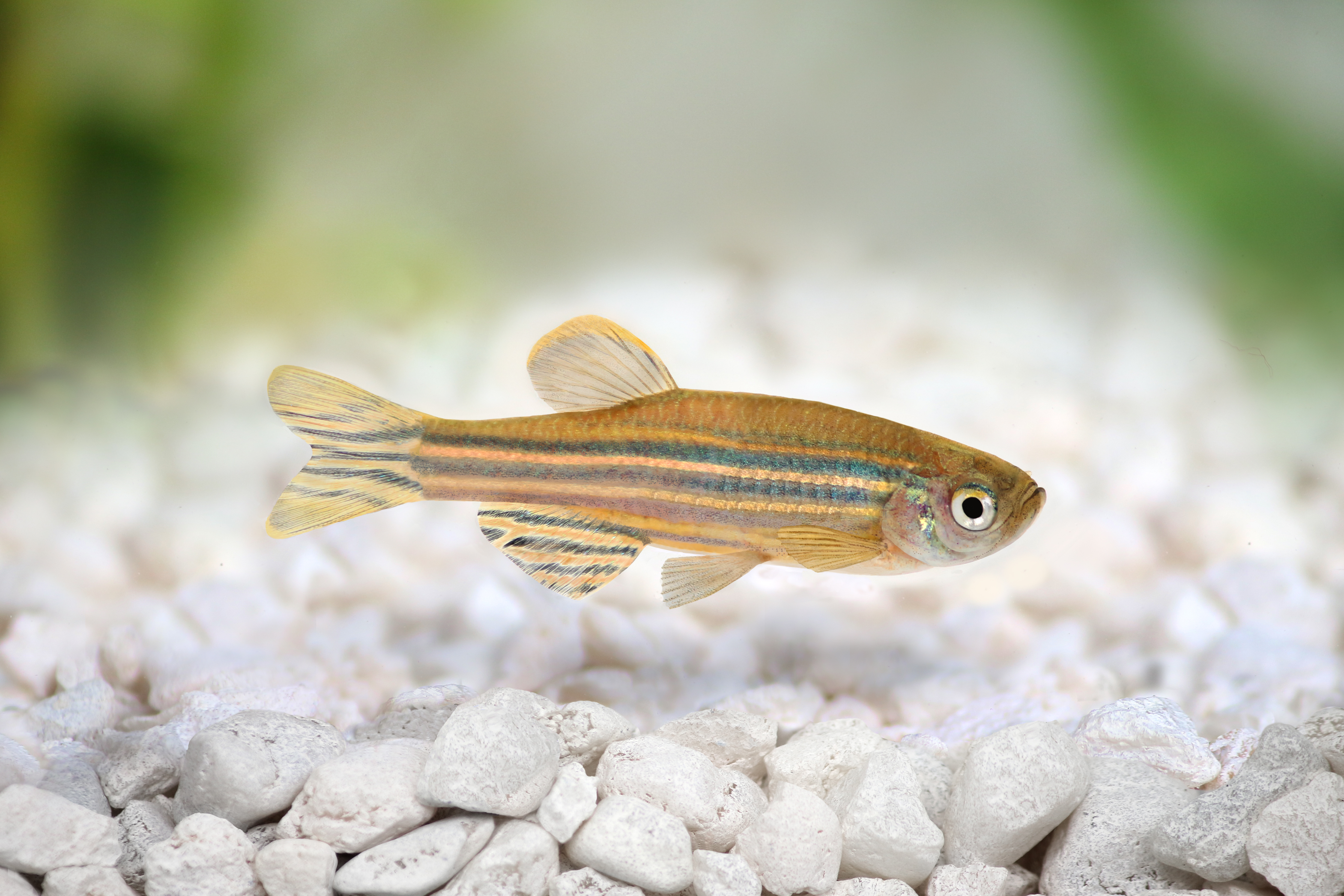Blocking Specific Sodium Channel May Offer Way of Treating Dravet, Early Study Suggests
Written by |

Selectively blocking NaV1.6 — a sodium channel known to be overactive in some epileptic conditions — may offer a way of treating people with Dravet syndrome, according to work in a zebrafish model.
The study, “NaV1.1 and NaV1.6 selective compounds reduce the behavior phenotype in a novel zebrafish model for Dravet Syndrome,” is available on the bioRxiv pre-print server.
Dravet syndrome is mainly caused (70%–85% of cases) by mutations in one of the two copies of the SCN1A gene. These mutations lead to the production of a nonfunctional sodium channel, called Nav1.1. Sodium channels are involved in the transmission of electrical signals in the brain.
Mutations in a gene called SCN8A are also associated with Dravet syndrome and severe epileptic conditions like early infantile epileptic encephalopathy 13 (EIEE13). Most SCN8A mutations lead to an overactivation of a sodium channel called NaV1.6.
Compounds developed to selectively activate Nav1.1 have shown positive results in animal models of Dravet and other epileptic conditions, while a previous study showed that the genetic blockade of NaV1.6 function eased seizures and increased lifespan in a Dravet’s mouse model.
Evidence suggests that NaV1.1 and NaV1.6 represent opposing sites on a balance that maintains proper nerve cell communication.
In communication, some nerve cells are excitatory and send signals that activate others, while some are inhibitory, sending signals that silence or suppress other nerve cells.
Researchers have hypothesized that mutations in SCN1A affect inhibitory nerve cells, limiting their ability to send suppressive signals, while SCN8A mutations result in the overactivation of excitatory nerve cells. Both scenarios lead to a shift in the balance toward nerve cell hyperactivity, causing seizures.
This raises the possibility that Dravet syndrome might be treated not only by restoring or boosting NaV1.1 function, but also by reducing or suppressing NaV1.6 activity.
To test this hypothesis, a team of scientists in the Netherlands, Australia and Italy evaluated the therapeutic effects of activating NaV1.1 function or suppressing NaV1.6 function in a zebrafish model of Dravet syndrome. This model was developed by the team through the specific, genetic inactivation of the SCN1A gene.
To activate NaV1.1 function, they used AA43279, a small synthetic molecule shown to work as a NaV1.1 activator and to have anti-seizure properties in mice, but not tested in animal models of Dravet syndrome before.
Since there were no known compounds to selectively block NaV1.6 function, the researchers developed two new molecules that selectively suppressed NaV1.6 activity, called MV1312 and MV1369.
Results showed that selectively activating NaV1.1 or suppressing NaV1.6 channels significantly reduced seizure activity in these zebrafish, suggesting the restoration of the balance in nerve cell communication.
The findings suggest NaV1.6 suppressors may be as effective as NaV1.1 activators for treating Dravet and possibly other genetic epilepsies, including SCN8A-related epilepsy.
Researchers noted, however, that AA43279 showed only a reasonable selectivity for NaV1.1 and could, to a lesser extent, activate other sodium channels, potentially leading to unwanted side effects.
MV1312 was also more selective than MV1369 in targeting NaV1.6 over other sodium channels, but both compounds showed similar reductions in seizure activity and to a degree the researchers thought comparable to those of medications specific for Dravet syndrome.
While NaV1.6 suppressors theoretically should not ease symptoms in an animal model of Dravet’s caused by mutations in the SCN1A gene instead of the SCN8A gene, the researchers suggested that natural protein differences between zebrafish and humans may explain these results.
“Efficacy, safety and administration routes of compounds tested in zebrafish, should be further studied in a human model system, with human genes and proteins,” they wrote.





